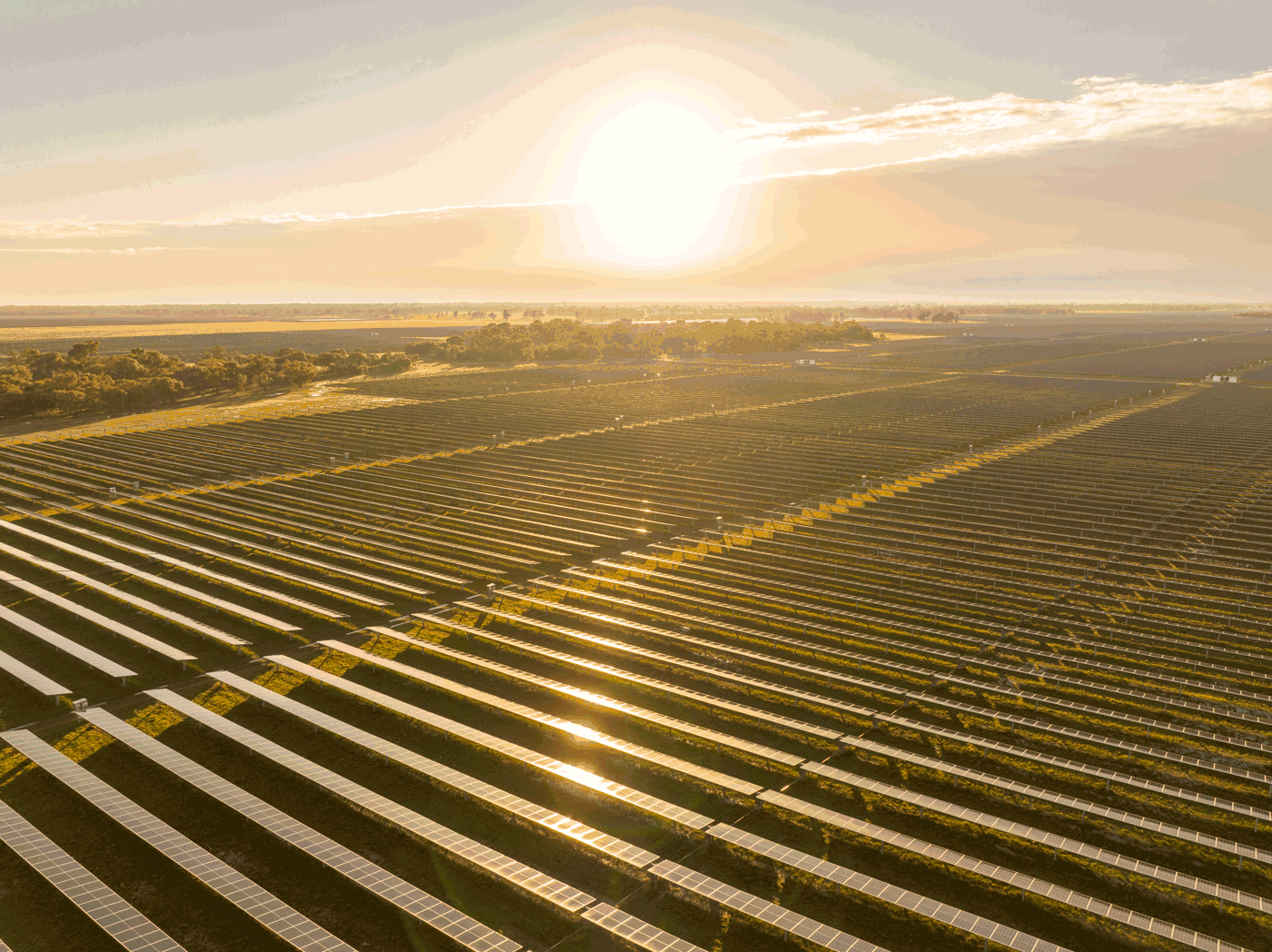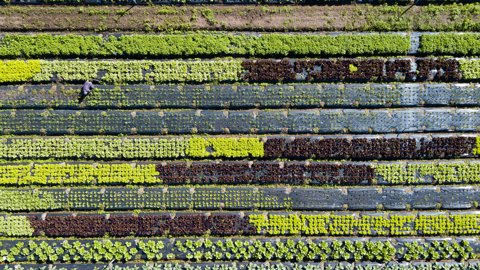APG, on behalf of its pension fund client ABP, is entering into a strategic partnership with Octopus Australia, investing in its growing platform and pipeline of utility-scale solar, wind, and battery storage projects. Hans-Martin Aerts, Head of Infrastructure & Private Natural Capital for Asia Pacific at APG, explains the significance of this partnership and deal.
In brief
• The OASIS platform plays a pivotal role in Australia’s energy transition, where fossil fuels still dominate electricity generation.
• Octopus Australia’s integrated development model uniquely combines project development, construction, and operations under one roof.
• The company’s holistic approach results in a balanced, complementary portfolio of renewable energy assets focused on long-term value creation, fitting well into APG’s diversified infrastructure strategy.
The deal has been called a “landmark partnership.” Do you agree?
“We absolutely agree. This is one of the largest institutional investments in Australia’s fast-growing renewable energy sector. In 2023, 65% of the country’s electricity was still generated from fossil fuels. However, Australia is undergoing a fundamental transformation of its energy system, with substantial investments in renewable generation and storage. The Australian government’s strong commitment to decarbonization has created a favorable environment for such investments. Moreover, increasing adoption of renewables by both corporations and consumers supports the sector’s long-term growth potential.
For APG, it’s not just about selecting the right assets—it’s equally important to identify the right partner. Our goal was to establish a long-term partnership with closely aligned objectives. The more we engaged with Octopus Australia, the clearer it became that our goals were in strong alignment.”
APG intends to commit over EUR 560 million (AUD 1 billion) to Octopus Australia’s flagship renewable energy platform, OASIS. Does the partnership go beyond this investment?
“The way the partnership is structured provides us with meaningful influence over sustainability practices, enhanced oversight of OASIS, and alignment with an operating company that is actively driving Australia’s renewable energy transition. It allows us to participate in key strategic decisions and steer the performance of the investment in line with ABP’s objectives.”
CEO of Octopus Australia, Sam Reynolds, mentioned in the media that they can benefit from APG’s experience in sectors like transport and digital infrastructure. What kind of lessons are being applied?
“We’ve invested in a wide range of infrastructure projects across the globe. This gives us deep knowledge of best-in-class technologies and optimal development strategies. We’re now applying that expertise to this platform. A concrete example is our high ESG standards. For us, ESG is not a box-ticking exercise—it’s a core belief that strong ESG performance drives long-term value.”
APG chose to partner with Octopus Australia because of its integrated development model. What does that entail?
“The OASIS platform consists of two main components: one focused on project development, and the other on construction and operations. In many platforms, these functions are owned and managed separately. What makes OASIS unique is that both are housed under one roof. From development through to construction and operations, OASIS remains invested in its projects throughout their lifecycle.”

Octopus uses a data- and technology-driven approach. How does that set them apart?
“They’re definitely ahead of the curve. It ties back to their holistic approach, building a complementary portfolio that optimizes output throughout the day. Solar farms generate most electricity at midday and wind energy often peaks at night, while demand peaks in the morning and evening. The combination of solar and wind energy with battery storage, supported by smart use of data models, enables the creation of an energy generation profile that closely aligns with end-user demand and plays a crucial role in shifting energy to when it’s most needed. This leads to more stable revenues.
Many developers take a more opportunistic approach—building first and figuring out distribution later, which often results in a sub-optimal generation and revenue profile.”
What additional factors set this investment apart from others?
“Whereas some developers are more focused on short-term gains, aiming to construct projects as cheaply as possible and sell them off quickly, Octopus Australia takes a different approach. They position themselves as a long-term investor and make decisions accordingly. They don’t just look at today’s costs, but also at the value these projects will generate over the next 30+ years.
Another differentiator is that we’re looking at acquiring new projects that will be fully integrated into the platform. This gives us the ability to determine how specific assets are positioned within the broader portfolio, offering maximum flexibility to optimize returns.”
Several international investors have recently exited the Australian renewable energy sector due to underperformance of wind and solar assets, often caused by project delays and grid congestion. How does APG assess this recent development?
“It’s true that some strategic parties have withdrawn, but that’s largely due to a broader strategic shift—from decarbonization back to carbon-intensive investments. So, it’s not necessarily a reflection of the Australian market itself, but rather of those companies’ revised priorities.
Grid congestion is indeed a challenge in Australia, but we have factored this into our decision-making and have deep insight into the issue—partly because we’ve also invested in a power distribution company in the country. Solutions are being developed, and we actively manage this risk by assessing whether potential project locations offer sufficient grid access to distribute the electricity generated.
This brings us back to the holistic approach—one that emphasizes diversification across the portfolio. It’s not just about building renewable assets; it’s about ensuring they deliver energy where and when it’s needed.”



